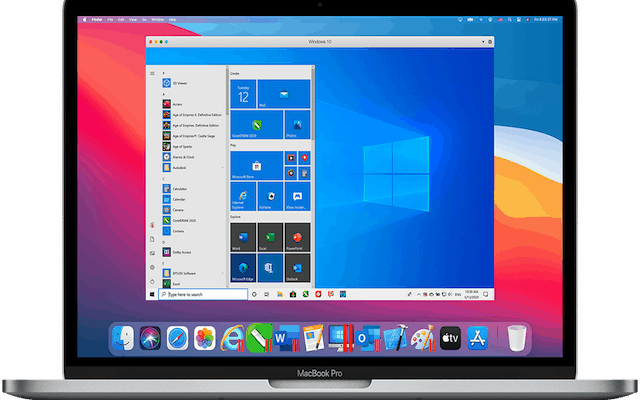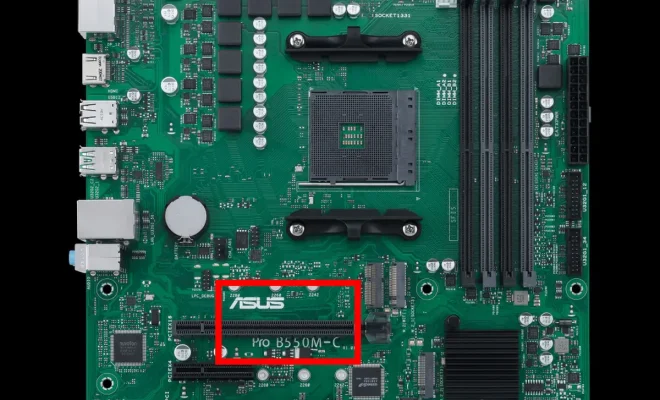What is Data Center Design?

In today’s world, data centers are the backbone of most businesses that rely on digital data and cloud computing. A data center is a central facility that houses computing systems, networking equipment, and storage devices that are used to manage, process, and store vast amounts of data.
Data center design is the process of creating a facility that provides the required infrastructure and services to support the IT equipment and applications. The design of a data center includes several aspects, such as power systems, cooling systems, networking, security, and maintenance.
Power systems are essential in a data center since they ensure that the equipment is always powered and operational. The design of a data center’s power systems should consider the facility’s size, the number of pieces of equipment it houses, the power requirements of each component, and the backup power mechanisms to ensure continuous operations.
Cooling systems are another critical aspect of data center design. The equipment in a data center generates a lot of heat, so cooling systems are essential to ensure that the equipment operates correctly and to prevent equipment damage. The design of a data center’s cooling system includes determining the number and type of cooling units required, their placement, and the power requirements for their operation.
Networking is a crucial aspect of data center design since it ensures that the IT equipment in the data center is connected and can communicate with each other. The networking design should include switches, routers, cabling, and other related equipment.
Security is also an essential consideration in data center design. Data centers store sensitive and critical data that must be protected. The design should include physical security measures such as access control systems, video surveillance, and intrusion detection systems.
Lastly, maintenance is an important aspect of data center design. The design should consider the ease of access to equipment for maintenance purposes and ensure that the maintenance does not cause any downtime or affect the operation of the data center.
In conclusion, data center design is a complex process that involves several aspects, including power systems, cooling, networking, security, and maintenance. The process aims to create a facility that provides the required infrastructure and services to support the IT equipment and applications. A well-designed data center ensures that the equipment operates efficiently and that the data stored in the data center is secure and easily accessible.






